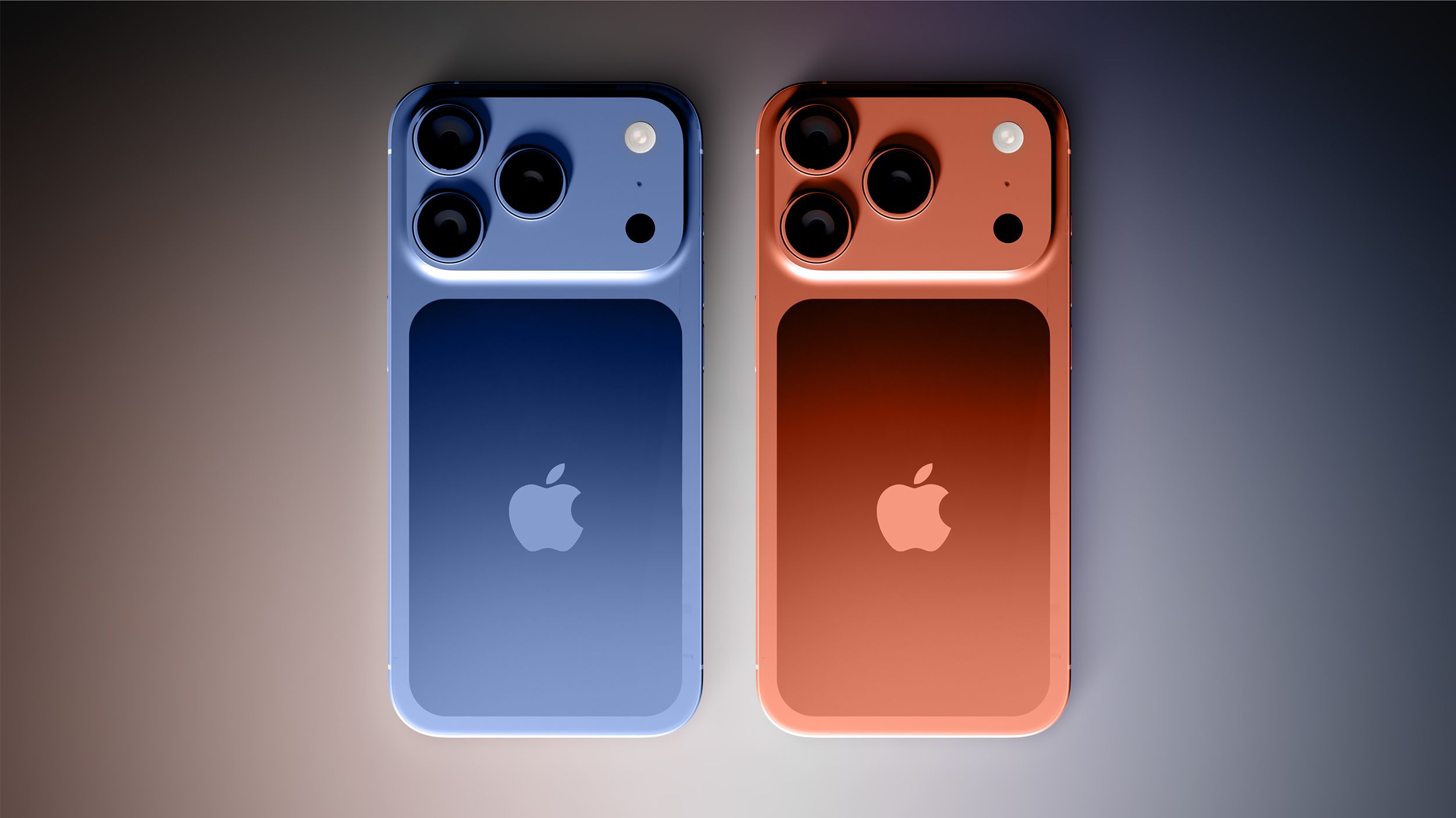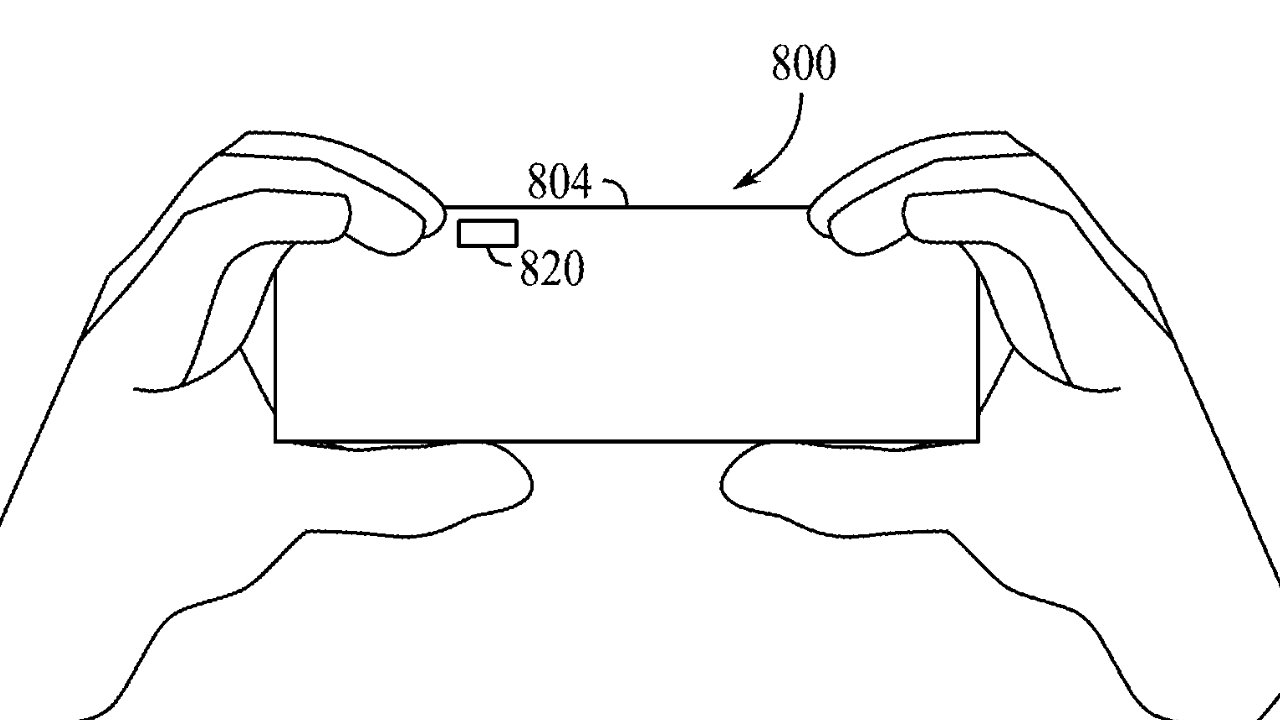With Apple paying tariffs on imports from many of the countries where it sources devices and device components, there have been multiple rumors about possible price increases for the iPhone 17 models.
The tariff situation has been in flux for most of the year, leading to a lot of uncertainty. We’ve rounded up the pricing rumors we’ve heard so far, and provided context on the latest tariff situation.
Pricing Rumors
- Jeff Pu (GF Securities), August 2025 – Prices are “likely” to go up, no specific numbers provided.
- Instant Digital (Weibo), August 2025 – iPhone 17 Pro to be $50 more expensive, but start with 256GB of storage instead of 128GB.
- Edison Lee (Jefferies), July 2025 – Prices will go up $50 across the iPhone 17 lineup.
- WSJ, May 2025 – Apple considering increasing iPhone 17 prices. No specific numbers provided.
- Reuters, April 2025 – iPhone could cost up to $2,300 with tariffs.
- CNBC, April 2025 – Apple would need to raise prices by 17 to 18 percent to offset tariffs.
- Counterpoint Research, April 2025 – Apple would need to raise prices 30 percent to offset tariffs.
Most speculation about a potential price increase is outdated at this point, or analysts have shied away from providing specific numbers. The most concrete recent rumor we’ve seen is the July Jefferies prediction suggesting a $50 increase across the lineup.
Reciprocal Tariff Changes and Exemptions
When high reciprocal tariffs were first announced against countries like China, India, Vietnam, and Malaysia in April, there were fears that Apple could be hit with huge fees. Tariffs were pushed back, negotiated, and Apple CEO Tim Cook was at work behind the scenes negotiating, and at this point, Apple is going to be subject to minimal tariffs.
Shortly after the tariffs were announced, the Trump administration exempted a long list of products from being subject to tariffs, and that list included almost all of Apple’s devices. The iPhone, iPad, Mac, Apple Watch, and other Apple devices are exempt from reciprocal tariffs, which were the highest tariffs that were put in place.
The upcoming 50 percent tariff on imported goods from India is a reciprocal tariff, which Apple does not have to pay at the current time. Apple also does not pay the current 25 percent fee. The high reciprocal tariffs on China are paused again, but Apple wouldn’t need to pay that anyway.
When semiconductors and related products were exempted from reciprocal tariffs in April, Trump promised that there was a semiconductor-specific tariff in the works that could be applicable to Apple.
Earlier this month, Trump claimed there would be a 100 percent tariff on chips and semiconductors imported into the United States, but he said that companies that are building in the United States or that have committed to building in the U.S. will not have to pay those tariffs.
Apple has pledged to spend $600 billion on U.S. manufacturing, and won’t have to pay that semiconductor tariff. That tariff isn’t in place yet, and the terms are unknown, so it’s still just talk at this point.
What Apple’s Actually Paying
While Apple is exempt from the reciprocal tariff fees on semiconductors and related devices, it does have to pay other tariffs that are in place. That includes the 20 percent “Fentanyl Tariff” on goods imported from China that Trump enacted earlier this year, and tariffs on products that are not exempt.
During Apple’s July earnings call, Apple CEO Tim Cook said that Apple paid $800 million in tariff related costs in the June quarter, and that it is expecting $1.1 billion in tariff costs in the September quarter. That estimate assumes the current tariff situation remains unchanged and no additional tariffs are added.
So Will Prices Go Up?
In Q4 2024, iPhone revenue was $46 billion. If we use that number and the $1.1 billion estimate from Apple, tariffs would eat up around 2.4 percent of iPhone revenue. Apple could make that up by increasing costs around $20 per iPhone. Increasing costs of one model by $50 (as rumored for the iPhone 17 Pro) could also help offset the cost without Apple having to raise prices on all devices.
The $1.1 billion is not only applicable to the iPhone and applies to all products, so the iPhone-specific impact would be lower.
Of course, that assumes the tariffs are not changing, and it also doesn’t take into account any potential component cost increases. Apple’s exemption from some tariffs does not mean that the company’s suppliers aren’t seeing an effect from tariffs and other related pressures.
Apple hasn’t raised the $799 price of the base iPhone model for the last five years, so price increases on some models while keeping the base price intact seems like a possibility.
Apple also has a wild card slot with the iPhone 17 Air, because it’s an all-new device and we don’t have an existing model to compare it to. Right now, rumors suggest it’ll be $899, which is the same starting price as the iPhone 16 Plus.
Note: Due to the political or social nature of the discussion regarding this topic, the discussion thread is located in our Political News forum. All forum members and site visitors are welcome to read and follow the thread, but posting is limited to forum members with at least 100 posts.










